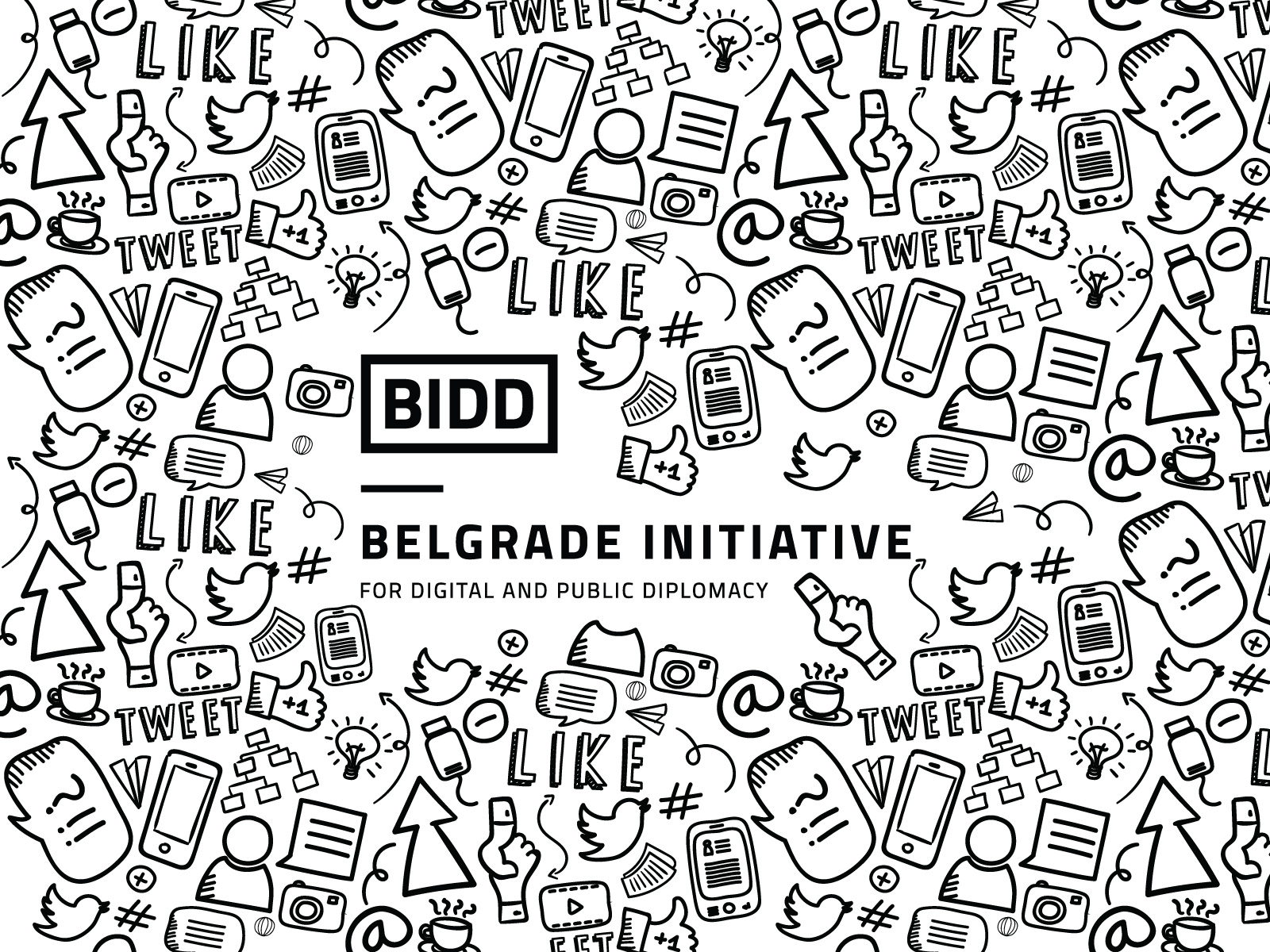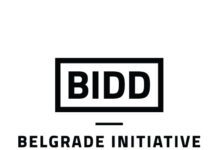This article was first published on The Diplomat on August 3rd, 2017.
Pakistan has a long and troubled history of supporting extremists as a tool of statecraft — a policy that has, among many other things, inflamed tensions with regional rival India and roiled Islamabad’s relations with Washington. Of late, however, this strategy of supporting proxies to maintain a zone of influence in the region has turned inward, with grievous consequences for the country’s internal security and the cohesion of the Pakistani state itself.
Over the past decade, the Pakistani people have suffered horrendous human losses, with casualties (both civilian and military) estimated at more than 26,000 in Islamabad’s own version of the “war on terror.” The economic costs of Pakistan’s policy has been steep as well; the 2015–16 Economic Survey issued by Pakistan’s Ministry of Finance estimates that the national economy has lost some $118 billion since 2001 as a cumulative result of terrorism.
All of this, as well as a series of high-profile domestic attacks (including the Taliban massacre of 141 students and teachers at an elite, army-funded high school in December 2014) has led Pakistani political parties to grudgingly coalesce around a “national action plan” to fight terrorism. Announced in December 2014 by Prime Minister Nawaz Sharif, and subsequently ratified as a constitutional amendment in January 2015, the plan lays out an array of actions to counter extremism.
Since then, these measures have met with some success. Pakistan recorded a substantial decrease in terrorist activities last year, with 45 percent fewer attacks and 38 percent fewer deaths, according to the Global Terrorism Index 2016 produced by the Institute for Economics Peace. However, efforts to strengthen the newly created National Counter-Terrorism Authority (NACTA) have repeatedly run into institutional resistance, and are both underfunded and controversial among entrenched interests in government. Nevertheless, one aspect of Pakistan’s counterterrorism fight — its attempts to deny quarter to terrorists in the media environment — is a comparative bright spot that deserves special mention.
Punjab’s Digital Battle
Nowhere is this effort more pronounced than in Punjab, Pakistan’s largest province (population 101 million). Earlier this year, the region experienced its own defining moment when, on March 27th, a suicide bomber attacked holiday-goers enjoying the fair grounds in Gulshan-e-Iqbal park in the regional capital of Lahore, killing 74 and injuring more than 300 others, most of them Muslims.
In response, the region ramped up its counterterrorism efforts — with a twist. While Punjab enjoys a strong police force, it has also developed innovative capabilities to counter the ideology and messaging of extremists, most notably a new set of digital and strategic communication tools that match, or even exceed, Western countermeasures of the same kind. The source of this innovation is the Punjab Information Technology Board (PITB).
Shortly after the APS attack in December 2014, the PITB launched PeacefulPakistan, a program that leverages the power of Facebook to identify those attracted to extremism and to disrupt the echo chamber of extremist messaging. The initiative utilizes Facebook’s ability to identify and target users with ads based on interest, content history and demographics. It finds consumers of extremist messaging and directs them towards PITB-created content that, the organization believes, undermines the original, radical narrative and reconnects the individuals back into the community.
To execute the program, the PITB built a modern content studio that crafts the PeacefulPakistan messages, mimicking the cutting-edge practices of media publishers in creating mini-advertising agencies that generate audience-specific content. The PITB content studio produces messaging that is meant to refocus individuals on national pride, positive citizenship and peaceful expression.
In formulating this strategy, the PITB understood from the start that heavy-handed, tone-deaf government messaging would not flourish in fast-paced, mobile-based social networks. As a result, it turned to the private sector to attract and hire tech-savvy digital media specialists: writers, designers, video editors, voice artists and social media marketing teams.
In turn, the content they produce is varied: videos commemorating those who lost their lives to extremist violence, social posts highlighting Pakistani achievements and peace-inspired art, short web videos about Pakistan history and culture, satire poking fun at extremist views, cultural poems and patriotic songs, as well as a heavy concentration of images, videos and posts celebrating Pakistani nationalism and military (a byproduct of the fact that the program is supported in part by the Pakistani military.) This steady stream of content is published under the PeacefulPakistan brand and distributed on Facebook and other social media channels.
How Punjab Became Digital
The PITB’s counter-extremism efforts are part of a larger digital government and technology-based development strategy now underway in Punjab. In a province with low literacy but high mobile access — with less than a 50 percent literacy rate in rural areas, but 73 percent of the population with a mobile phone — the PITB has deployed phone and tablet-based systems to manage government services, fight corruption and provide electronic-based services to the population. For example, through new mobile programs and digital assistants, coverage of Polio vaccines has improved from 25 to 88 percent, attendance of doctors in hospitals has improved by 30 percent, and enrolment of primary students has improved by 17 percent, according to interviews with regional officials. Additionally, all 713 police stations in Punjab now maintain and analyze criminal records electronically, in a system that rivals the NYPD’s COMPstat in sophistication.
The success of the PITB begins with aggressive, non-traditional leadership, backed by a provincial Chief Minister, Shehbaz Sharif, brother to the (now ousted) Prime Minister, who is willing to tap the energy of the private sector to drive change. For its chairman, the PITB picked MIT-trained entrepreneur Dr. Umar Saif, who moved back to Lahore in December 2005 to serve as a professor at the Lahore University of Management Sciences (LUMS). Saif founded what is Pakistan’s first startup incubator, and boasts an international reputation for driving market-based innovation. In turn, Saif recruited other young technocrats better suited to a startup than a government office.
This combination of strong political leadership, a technically competent workforce and a talented visionary that straddles Punjabi politics and Western entrepreneurial culture has allowed the PITB to attract and retain talent. It is a blueprint that demonstrates how a government agency that harnesses the agility and innovation the private sector, supported by the confidence of its political leaders, can deploy cutting-edge programs to combat extremism.
Thinking Bigger
Can Punjab serve as a model for the rest of Pakistan? The PITB’s innovation culture was championed at the upper echelons of government, and in turn proved its value to bureaucrats and citizens alike. Information campaigns without the benefit of a credible, functioning government service are considerably less effective. But while the conditions that created the PITB are a somewhat ideal combination of leadership and local assets, they are inherently replicable products. In theory, there should be no reason why the model could not be easily exported to other parts of Pakistan, and even beyond.
But what truly sets the Punjabi experience apart is the political will evident there to engage with and harness innovation to combat critical local problems. Without the presence of that will on a larger, national scale — something that so far is sadly not in evidence in Islamabad — one of Pakistan’s most important initiatives against extremism is destined to remain a local product.
Robert Bole is Senior Fellow for Public Diplomacy at the American Foreign Policy Council in Washington, DC.







